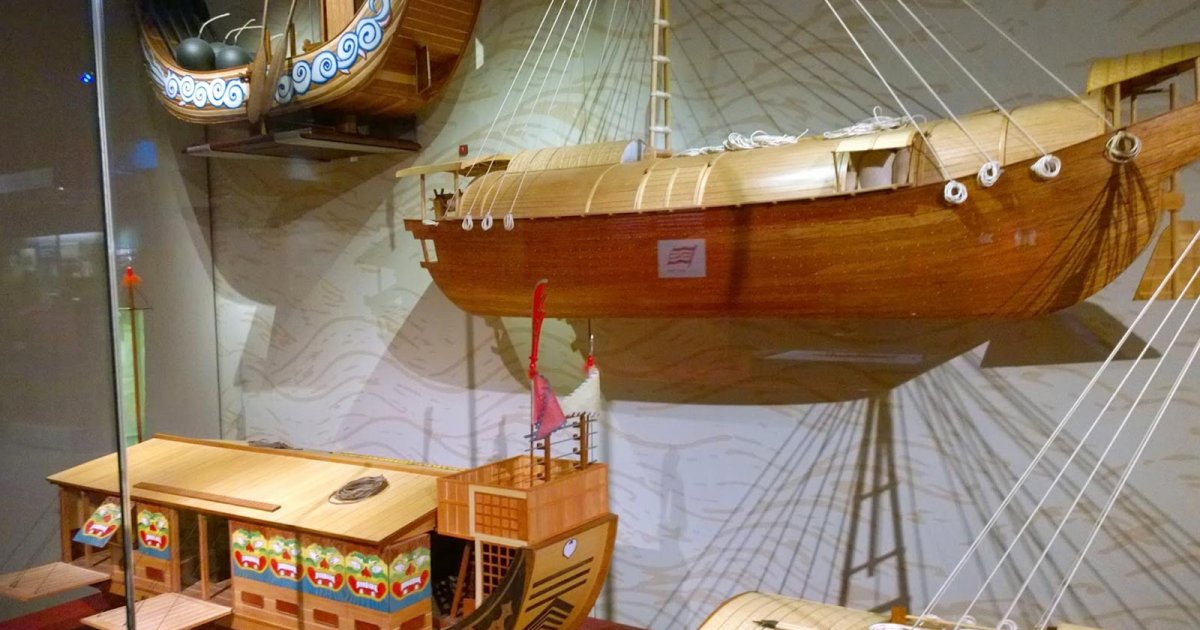HONG KONG MARITIME MUSEUM, Deck A
 Language: English / USA
Language: English / USA
On the third and last floor, Deck A, you’ll find three fascinating sections linked to maritime technology, in which human ingenuity has succeeded in developing increasingly efficient, complex instruments.
Welcome to the “Maritime Communications” exhibition.
We’re all accustomed to being in constant touch with the rest of the world thanks to our phones – but try imagining what it must have been like for a sailor in the 19th century, setting out on a journey that would take him far from home for months at a time without ever being able to communicate with his family!
How was it possible to alert others to danger, to call for help or receive news before the advent of radios?
Thanks to human inventiveness, over the centuries people have come up with the most ingenious ways – using tools that might seem useless today – that for decades allowed for one of the most important aspects of life at sea: communication.
Now press pause and start again at the “Navigation and Meteorology” exhibition.
How much do you really know about how sailors found their way at sea in ancient times?
They used the sun, the stars and, of course, eventually compasses and nautical maps, progressing in more recent times to modern satellite systems.
In addition to how they found their way, the exhibition also explains another aspect which is still of vital importance today: weather conditions. Today’s forecasts are very accurate. We can find out in advance what the weather is going to be like and we can change our route to avoid a nasty storm, but it wasn’t as easy as that in the past!
At the end of this exhibition, don’t miss the real control bridge of a ship, or rather a simulator that cost several million dollars and is an exact replica of the most advanced naval technology: the KM Koo Ship Bridge simulator. If you want to get an idea of how complex it is to steer a ship, this will give you the chance to step into the shoes of a modern-day Ulysses and attempt to pilot various types of ships.
An interesting fact: these simulators are used for training commanders and officers, who must be able to deal with any kind of situation, whatever the weather conditions, and the simulator can reproduce storms, typhoons, fog and of course choppy seas.
Our visit to the HKMM ends here. MyWoWo would like to thank you - see you again at another Wonder of the World!



